The world of big cats is as mysterious as it is fascinating. Among their many remarkable features, their unique hunting calls set them apart in the animal kingdom. These distinctive vocalizations not only aid in hunting but also play a crucial role in communication. Let’s delve into the captivating world of big cats and explore the seven species known for their extraordinary hunting calls.
The Majestic Roar of the Lion
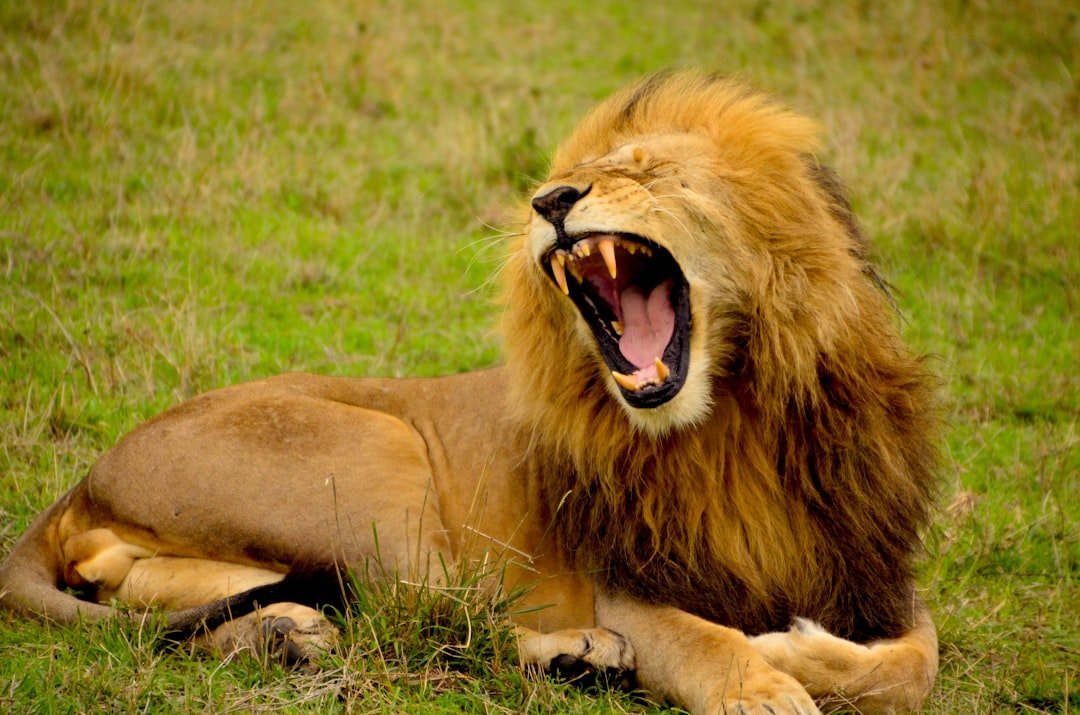
Lions are often referred to as the kings of the jungle, and their roar is a testament to their regal status. A lion’s roar can be heard from as far as five miles away, serving as a powerful tool to establish territory and communicate with pride members. This deep, resonating sound is not just for show; it is a strategic call used during hunts to coordinate with others. In the vast savannahs, a lion’s roar can send a shiver down the spine of any creature within earshot, making it an essential part of their hunting strategy. Roaring also helps in locating other pride members when they are scattered across large distances. It’s fascinating to note that lions often roar in a chorus, a synchronized symphony that echoes through the wilderness.
The Spooky Scream of the Cougar

Cougars, also known as mountain lions or pumas, have a scream that can easily be mistaken for a human cry. This eerie sound, often described as a woman’s scream, is primarily used during the mating season, but it also plays a role in their hunting behavior. The call can be both a warning and a tool to disorient prey. Cougars are solitary hunters, and their scream can create confusion among potential prey, giving the cougar an edge in the hunt. This vocalization is unlike the typical roar associated with big cats, making it uniquely haunting. The cougar’s scream is a testament to their adaptability and survival instincts in diverse habitats ranging from forests to deserts.
The Piercing Yowl of the Leopard
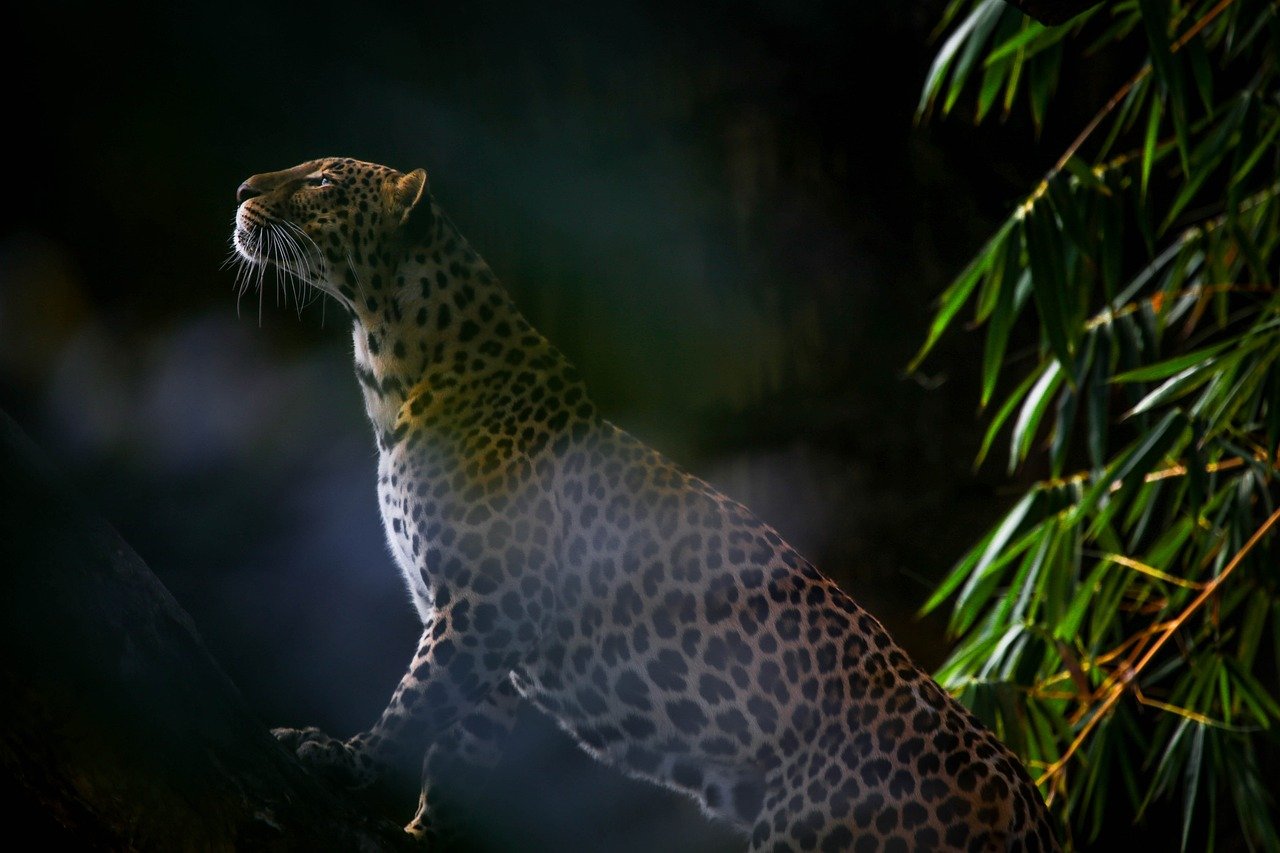
Leopards possess a distinctive hunting call that is often compared to the sound of a saw cutting through wood. This yowl is both piercing and resonant, echoing through the dense forests and savannahs they inhabit. Leopards use this call to communicate with other leopards, marking their territory and signaling their presence to potential mates. During hunts, the yowl can serve as a distraction, momentarily unsettling prey. Leopards are known for their stealth and agility, and their vocalizations are an extension of their cunning nature. The yowl not only asserts dominance but also ensures that leopards maintain their solitary lifestyle without unnecessary confrontations.
The Intense Growl of the Tiger
Tigers are renowned for their power and grace, and their growl is a reflection of their formidable presence. This deep, rumbling sound serves multiple purposes, from warning off intruders to coordinating with cubs during hunts. A tiger’s growl can be a prelude to a charge, striking fear into the hearts of those who dare to challenge its territory. Unlike the social lions, tigers are solitary hunters, and their growl is an integral part of their communication toolkit. It’s a sound that resonates with authority, ensuring that the tiger’s domain is respected. This vocalization underscores the tiger’s role as an apex predator in its natural habitat.
The Mysterious Call of the Snow Leopard
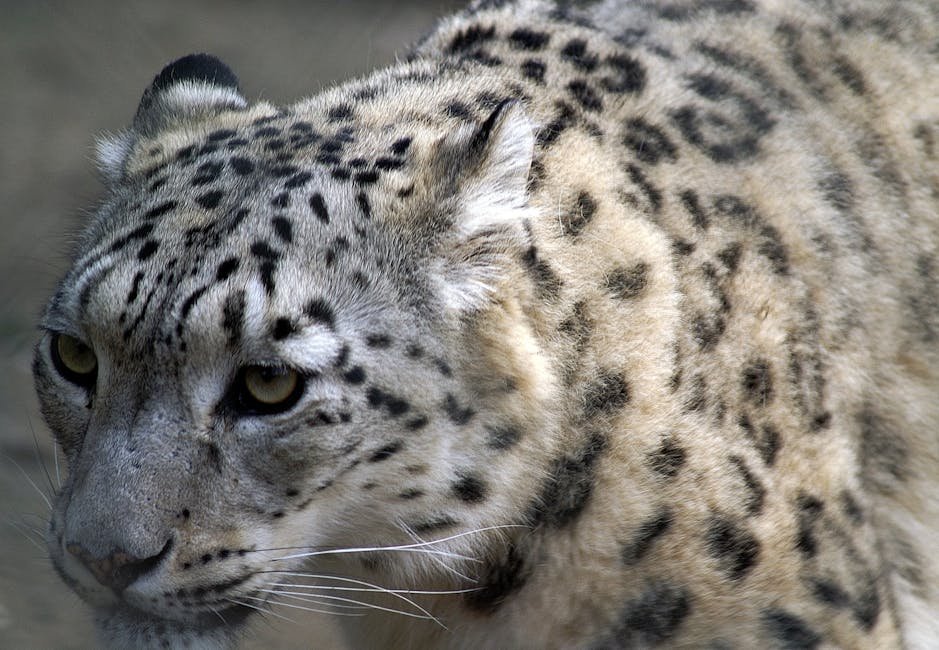
Snow leopards, with their elusive nature, have a call that matches their mysterious persona. Known as a ‘chuff’ or ‘prusten,’ this vocalization is softer than a roar but equally compelling. It is used primarily for communication between mothers and cubs, as well as during mating rituals. The snow leopard’s call echoes through the mountain ranges of Central Asia, a haunting sound that blends seamlessly with the wind. This call is crucial for maintaining contact over the vast, rugged terrain they inhabit. The snow leopard’s vocalizations are a blend of gentleness and strength, mirroring their adaptation to some of the harshest climates on Earth.
The Unique Chuff of the Cheetah
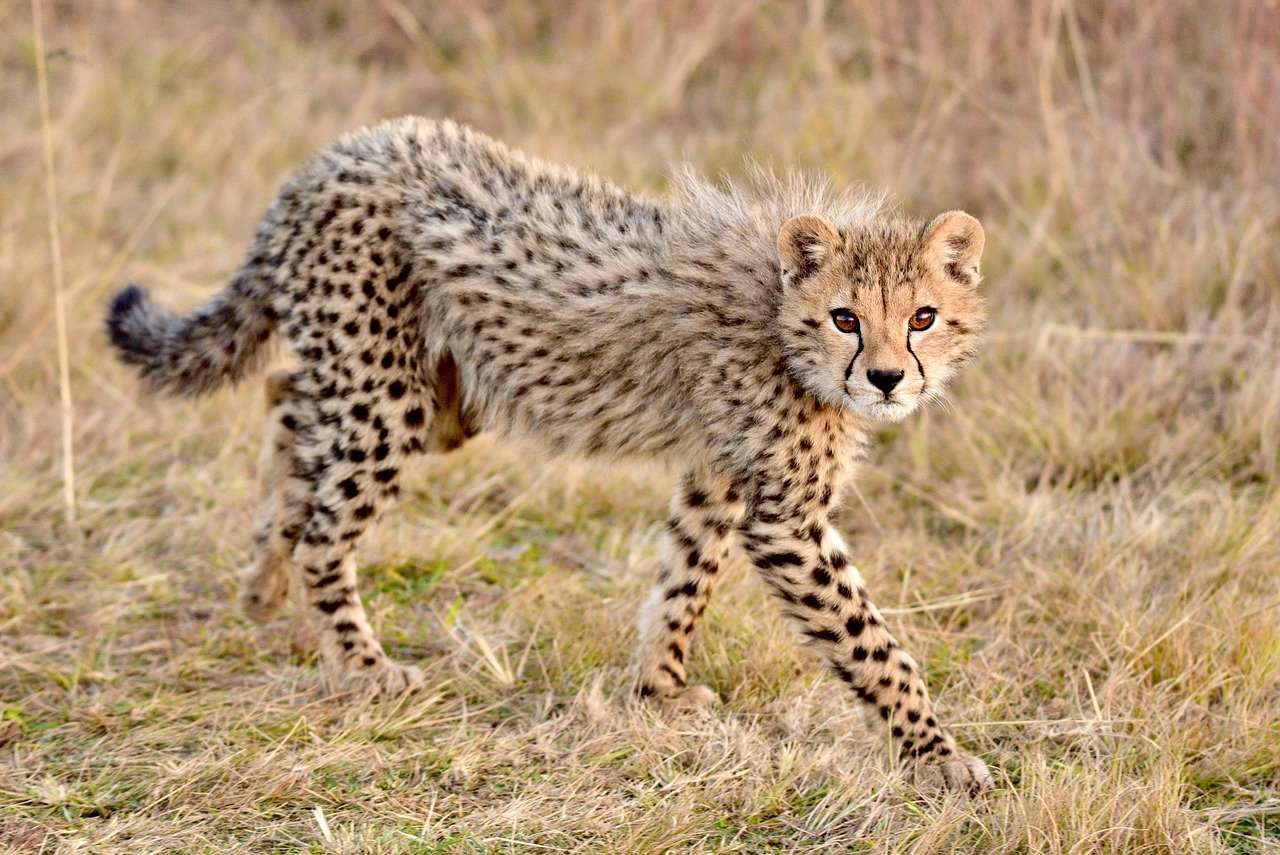
Cheetahs, the fastest land animals, have a hunting call that is as unique as their speed. Known as a ‘chirp,’ this sound is surprisingly high-pitched and is used primarily to locate cubs or communicate with other cheetahs. During hunts, this chirp can serve as a signal to cubs, instructing them to stay hidden while the mother stalks prey. Unlike other big cats, cheetahs lack the vocal structure to roar, making their chirp a distinctive part of their communication repertoire. This call is a testament to the cheetah’s adaptability and their reliance on speed and stealth rather than brute strength.
The Enigmatic Hiss of the Jaguar
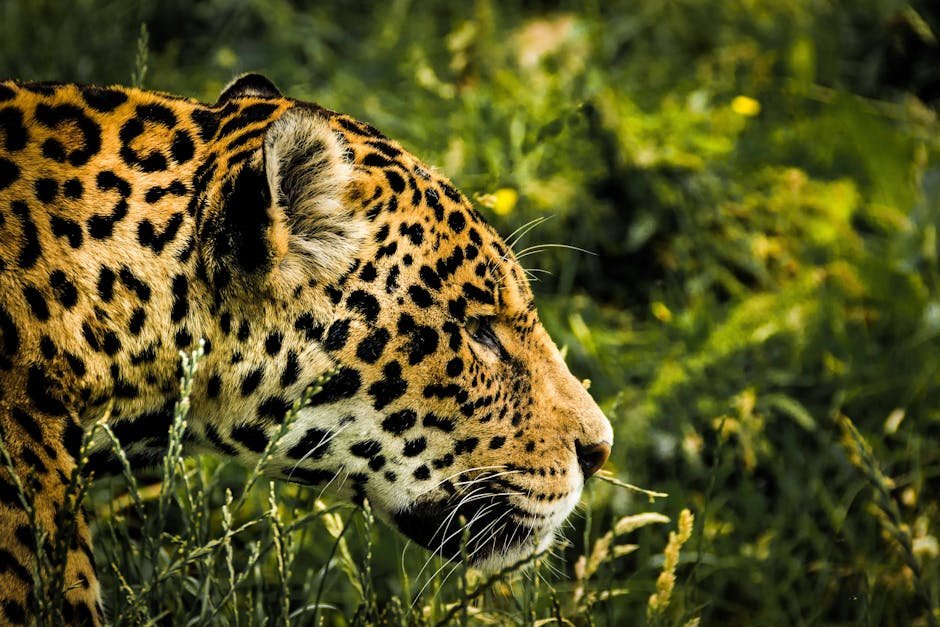
Jaguars, with their powerful build and enigmatic presence, have a hiss that is both intimidating and effective. This sound is used to ward off rivals and signal aggression during territorial disputes. The jaguar’s hiss is a sharp, sudden sound that can be startling in the dense jungles they inhabit. It serves as a warning to both prey and other predators, establishing the jaguar’s dominance in its territory. This vocalization is a key aspect of the jaguar’s hunting strategy, allowing it to maintain its role as a top predator in the diverse ecosystems of the Americas.
Hi, I’m Bola, a passionate writer and creative strategist with a knack for crafting compelling content that educates, inspires, and connects. Over the years, I’ve honed my skills across various writing fields, including content creation, copywriting, online course development, and video scriptwriting.
When I’m not at my desk, you’ll find me exploring new ideas, reading books, or brainstorming creative ways to solve challenges. I believe that words have the power to transform, and I’m here to help you leverage that power for success.
Thanks for stopping by, Keep coming to this website to checkout new articles form me. You’d always love it!



